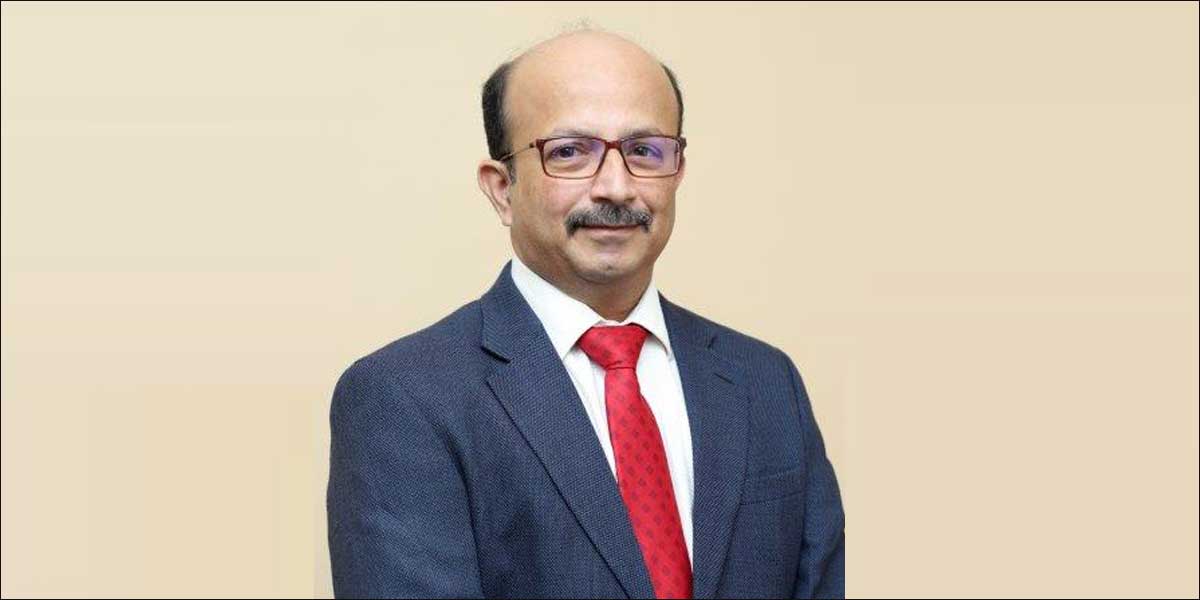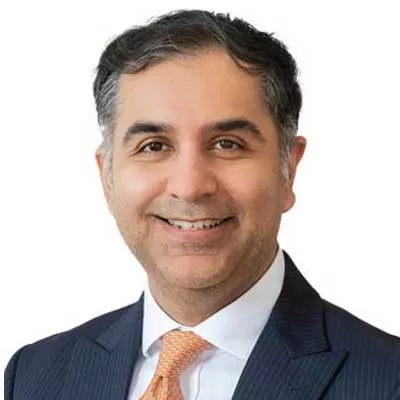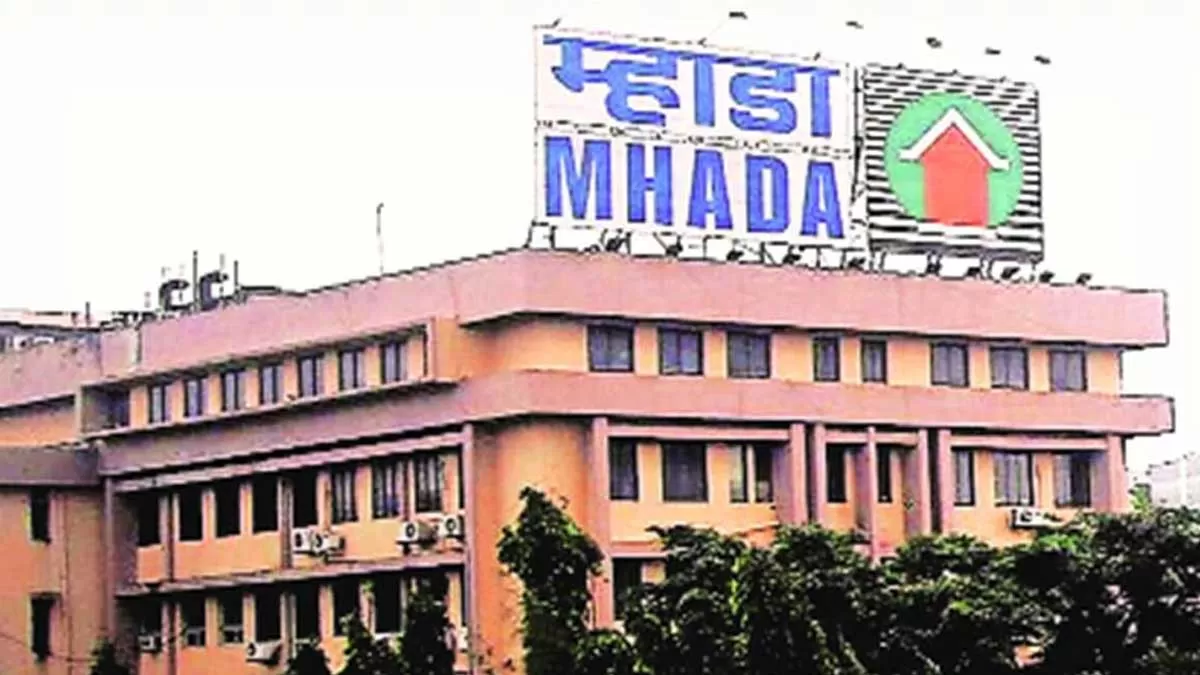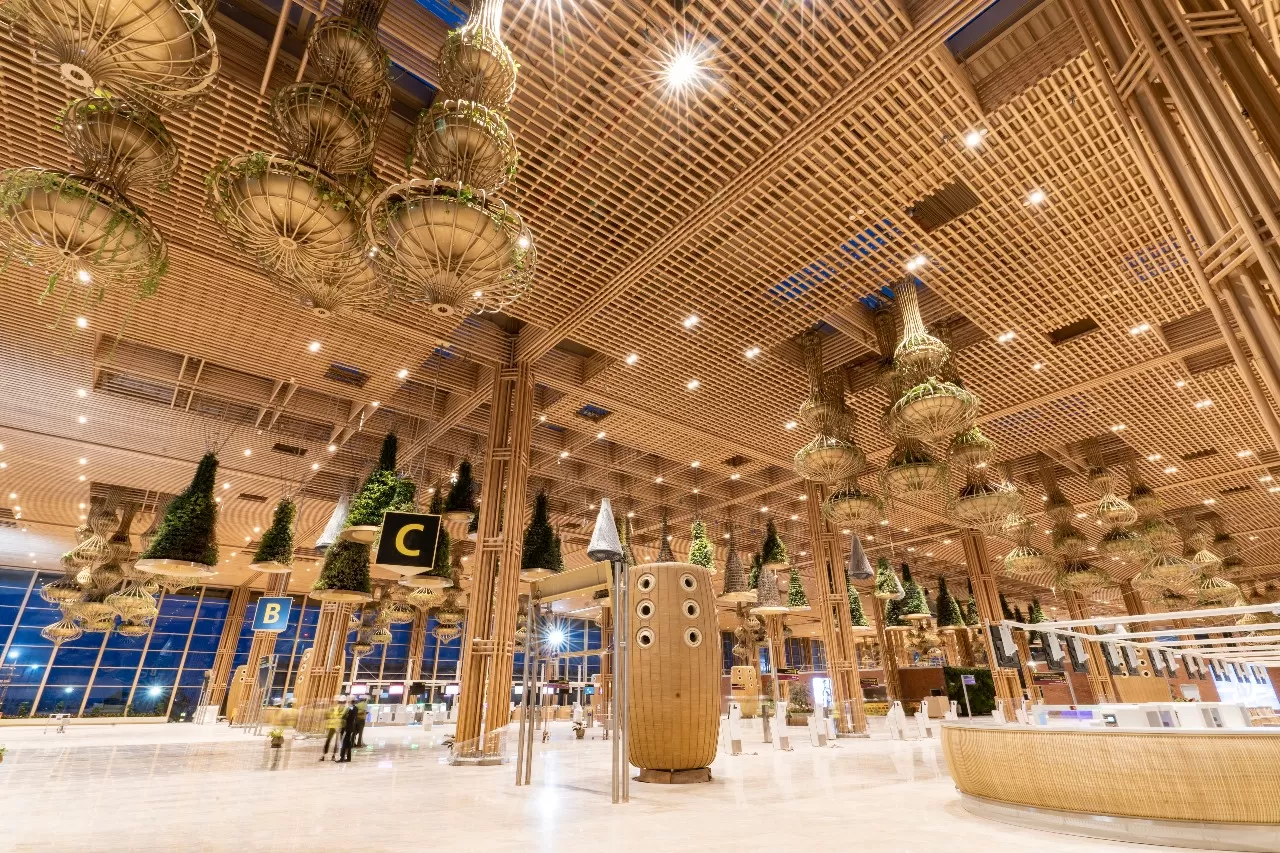Rajesh Pandit, presently “Head Quality Management Department of Urban Infrastructure division”
at Tata Projects is closely associated with Metro Projects at Mumbai. He has a long experience of 26 years in
infra projects and buildings in India and abroad.
Precast:
1) What are the basic grounds on which one should prefer precast technology for the infra projects and specifically projects like Mumbai metro? A brief on the project you are handling. –
Precast structures / elements are cast off-site under factory conditions in a large area with all relevant infrastructure in place. The facility is generally called as “Casting Yard (CY)”. These Precast Elements are typical in shape / size and are produced continuously like factory production in specific sets of moulds. Many times, being in congested Public Place, space availability to perform construction activities is very less. Therefore, projects like Metro, prefer precast elements which can be cast at place away from site. It can be brought in at right time / stage and place in position during night times when there is minimum interference to construction or movement of heavy equipment (Read Cranes etc.).
Volume and repetition are the key parameters in choosing precast option as these determines the benefit of precast over in-situ if any.
For the projects TATA Projects is executing elevated Metro, we are casting Girders / segments of girders at Casting yard. For Underground Metro, tunnel ring segments are cast as Precast elements in casting yard.
Being produced in controlled conditions and with minimal manual interventions (unlike cast in situ), it turns out to be of a flawless and superior quality concrete structure with utmost safety. It also creates a scope for speed augmentation as these elements can be produced independent of site activities / constraints and runs as a parallel activity.
2) Please brief us on where precast technology is used and where cast in situ is used in the present Metro jobs?
Metro Projects can be broadly classified into two categories viz – Elevated (Above Ground) and Underground. In Elevated Metro Projects, TATA Projects is designing and casting superstructure (above Pier) elements like Pier Cap, Girders or Girder segments as Precast Elements. In case of Underground Metro, TATA Project produces Tunnel lining Ring segments as Precast element.
3) In terms of cost and speed if one uses conventional method of construction over precast, what will be the shortcomings? OR what are the advantages of using precast? –
Precast technology enables to produce parts of structure offsite independently. These activities run simultaneously and does not have to follow sequential progress at site. The structures or elements of the structure can be shifted to site at right time and just to be mounted / erected at required place. As mentioned in previous sections, these elements are cast in factory precision conditions with almost all activities are performed mechanically with minimal human interventions. The safety and Quality standards achieved are very high as compared in-situ works. The area for casting yard is big enough to accommodate / stack large number of such elements ahead of time. The process of casting, stacking and despatch of these element is meticulously planned and expedited as well.
4) Do you use any software package for QC? Please provide details? Are quality audits carried out at what frequency? What is the software used for managing the project? –
At TATA Projects, we use in-house developed IT platform for monitoring Quality functions for documentation, analysis and MIS Purpose. An interactive dashboard and analysis of data serves as an input for decision making for improvement.
Quality audits are integral part of Quality management process implemented at site. Generally, Building Projects undergo audits once in six months and Metro projects undergo Quality audits every 3 months.
5) In short what tests are conducted on piles before taking up the job of placing pile cap? What has been overall feedback on pile testing?
Test pile undergoes initial load test. Once this test is completed and results are positive, routine tests are conducted at different frequency on working piles. Routine tests are:
Pile integrity test by Sonic Logging
Pile Integrity by Low Strain using Ultra sonic Pulse velocity
High Strain Pile Dynamic Test
6) Please provide us the details of concrete used in precast and in situ. Grade and minimum cement content? How do you ensure QC parameters? –
The concrete grades vary for each structure. If you consider a typical Elevated Metro Project, in-situ structures are Pile, Pile cap and Piers. Pier cap can be In-situ OR Precast. Girders or Girder segments generally fall in Precast category. A typical example of Precast or Cast In-situ structural element details are shared herewith. The minimum cement mentioned in referred table is picked up from contract technical specifications:
Sr
No
Structure
Typical Concrete Grade
Precast / In-situ
Typical Minimum Cement content per m3.
Elevated Metro (Mumbai Metro)
1
Pile
M35
Cast In Situ
400 Kg
2
Pile Cap
M35
Cast In- situ
400 Kg
3
Pier
M50
Cast In-situ
400 Kg (Cementitious) *
4
Pier Cap
M45
Precast
400 Kg (Cementitious)*
5
Girders
M55
Precast
400 Kg (Cementitious)*
7
Girder Segments
Note:
* Cementitious – It is a combination of OP Cement and Pozzolanic Material like
Fly ash, GGBS and Silica Fume. Raw material (Cement, Aggregate, Pozzolanic Material and admixture) are carefully selected which comply with applicable specifications. The concrete is designed in such a way that it not only comply with performance requirement as per technical specifications but also is extremely user-friendly.
It is produced from state-of-the-art fully automatic batching plant. It is regularly inspected and calibrated to ensure it is performing accurately. A well defined Quality Inspection and Test plan is implemented to cover different tests on raw material before it’s use, tests on concrete during and just after production.
A team of an experienced Quality Control engineer and skilled technicians is deployed round a clock to monitor Quality Control process. A full-fledged Quality Control Laboratory is established (Near Batching Plant) and is equipped with calibrated equipment which cater to all testing and monitoring needs.
Statistical analysis tools are adopted to continuously monitor performance Indices of concrete and necessary course corrections are made to keep it optimum. It also helps to predict trend and take proactive actions to avoid surprises.
7) How about the placement of seismic arrestors in the structure?
Seismic Arrestors are installed above pier cap and there is a groove where the shear key fits in our Elevated Metro Projects currently in execution phase in Mumbai.
8) How many shapes of Girders used in the super structure? -
Generally, in Metro Projects (Elevated), “U” shape, “C” Shape and “I” shape of girders are prevalent. Whereas, infrastructure projects (Major Bridges) are also designed with trapezoidal box (hollow from inside) girders (or segments) commonly.
9) It is learnt that for using precast technology of construction, one needs trained and highly skilled man power. What is the situation in our country with specific reference to your project? What is our plan to get trained manpower? –
The use of Precast Technology is evolving in India and is predicted as future of construction tomorrow by industry Pundits.
Factors like ever increasing paucity for Skilled Manpower, Need for Speed, Quality and safety etc necessitated mechanisation of Construction activities as much as possible.
The employment of skilled people who can handle formwork, casting with required quality / safety, Transport of Precast elements and safe heavy lifting operations at site for placement are very critical to successful management of “Precast Construction”.
However still Indian industry has a long way to go. We, in TATA projects, invest considerably in resources to induct / train continuously our skilled workers, front line supervisors and Engineers in different activities before commencement of the critical activity for ensuring “First Time Right” & “Zero Rework” approach.. Specialised Vendors and Industry experts are also roped in to train our workers for specific activities. Company has also rolled out technical handbooks covering almost all aspects of construction and home grown good practices in all streams (Civil / Mechanical/ Electrical etc).
Good practices are also shared through Daily “Quality Triggers” across the organization. Quality Parks are established & utilized for training the workforce with mock-ups, models & samples for easy understanding. Daily Quality Toolbox talks are organised by Field Quality engineers to the workforce before start of any activity at site.
10) Kindly brief our readers on the use of technology as it is practised at your projects. How does it compare with that being used in other parts of world? What are the different stages of technology that are coming to India? –
Automation in cutting and bending steel, usage of system form work, 3D and 4D, BIM, Drone Monitoring, HeliCranes in Transmission and Distribution Projects, Tunnel Boring Machines in Tunnels for UG Metro.
11) Can 3D printing technology become applicable to precast technology? Is it used in any part of the world?
Generally speaking, 3D printing is an in-situ casting without any mould / formwork with a machine whereas precast technology produces concrete elements by pouring concrete in a mould in a factory environment. Both may be complimentary for a total solution.
12) What do you think is the future of pre cast technology in India? –
India is also going through rapid urbanisation and this has created a huge demand for adequate infrastructure & affordable housing segment which cannot be met through conventional construction and hence modernisation of construction industry must take place. It is not the infrastructure segment but also the building segment is showing immense interest in Precast technology.
Big developers and contractors like Amrapali, Purvankara, Brigade and BG Shirke are constructing millions of sqft in a year by precast technology and a lot of others are taking steps to implement precast technology. However, for the technology to truly take off, the Indian government has to provide favourable tax benefits to developers to implement modern technologies.
There is definitely a lot of potential in India to become a major global market for precast technology. A few good examples will set the pace right and there won’t be any looking back then.
In USA, AASHTO has developed standard beam design for various load and geometrical condition and standard concrete beams are available for various spans and load conditions for ready usage. Unfortunately, this is not the situation India because there are no standard size available in India codes – even for road over bridges crossing railway where a good amount of standardization can be done.
There are a few technical Challenges like filling the gaps between panel joints, waterproofing, thermal expansion/contraction etc. Structural joints in seismic zones are difficult to achieve.


















